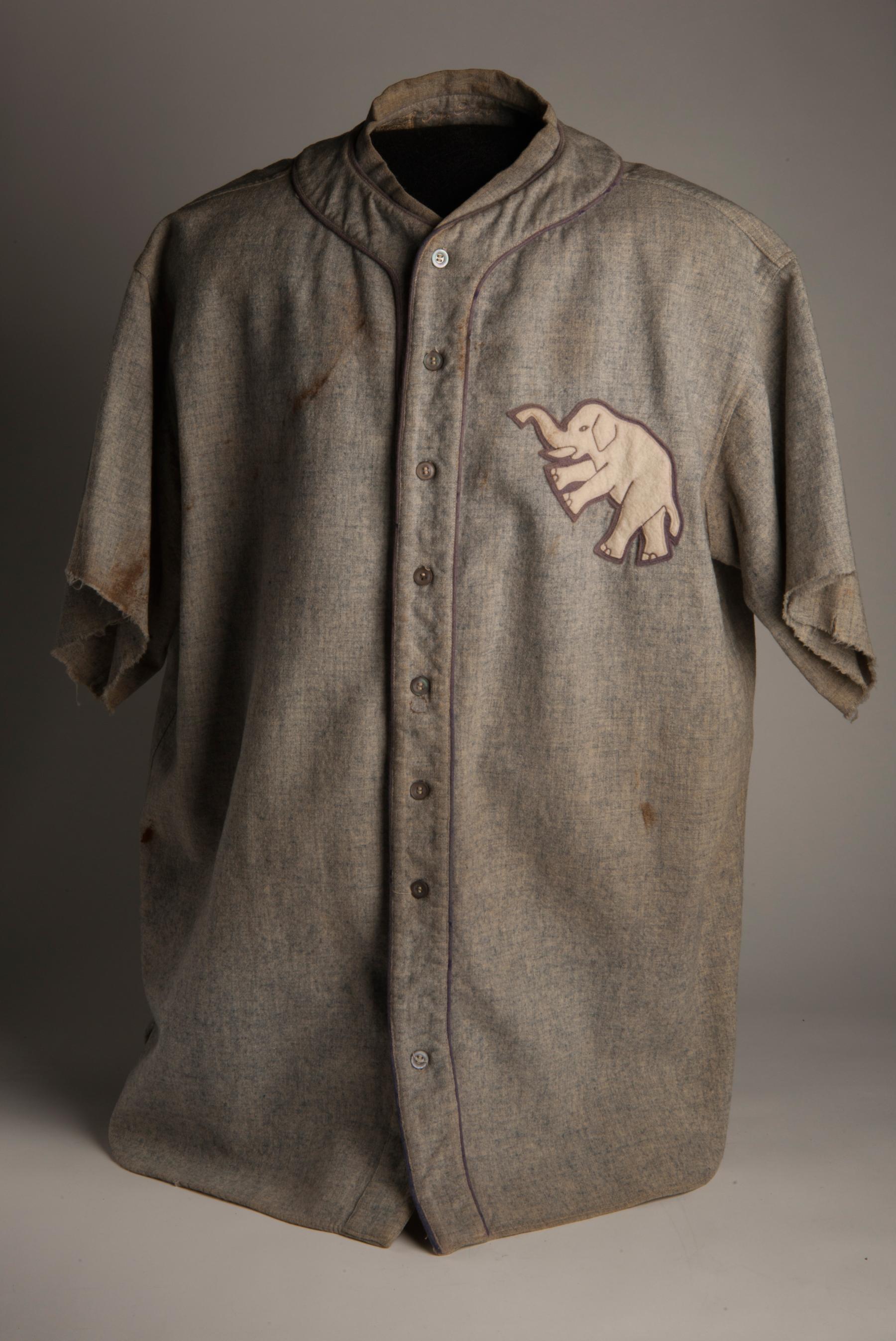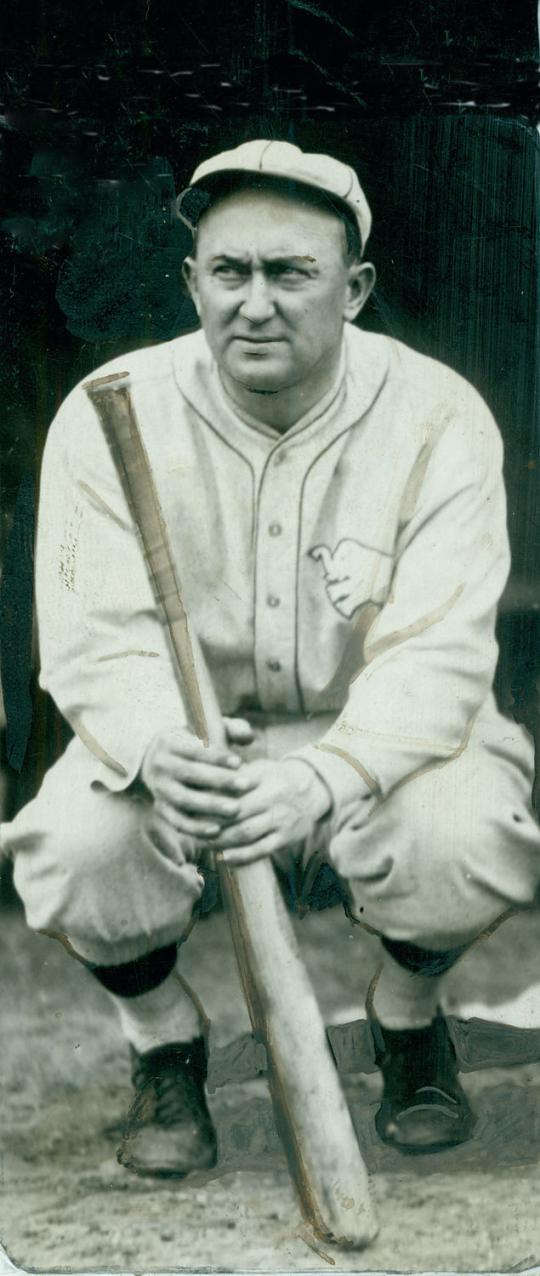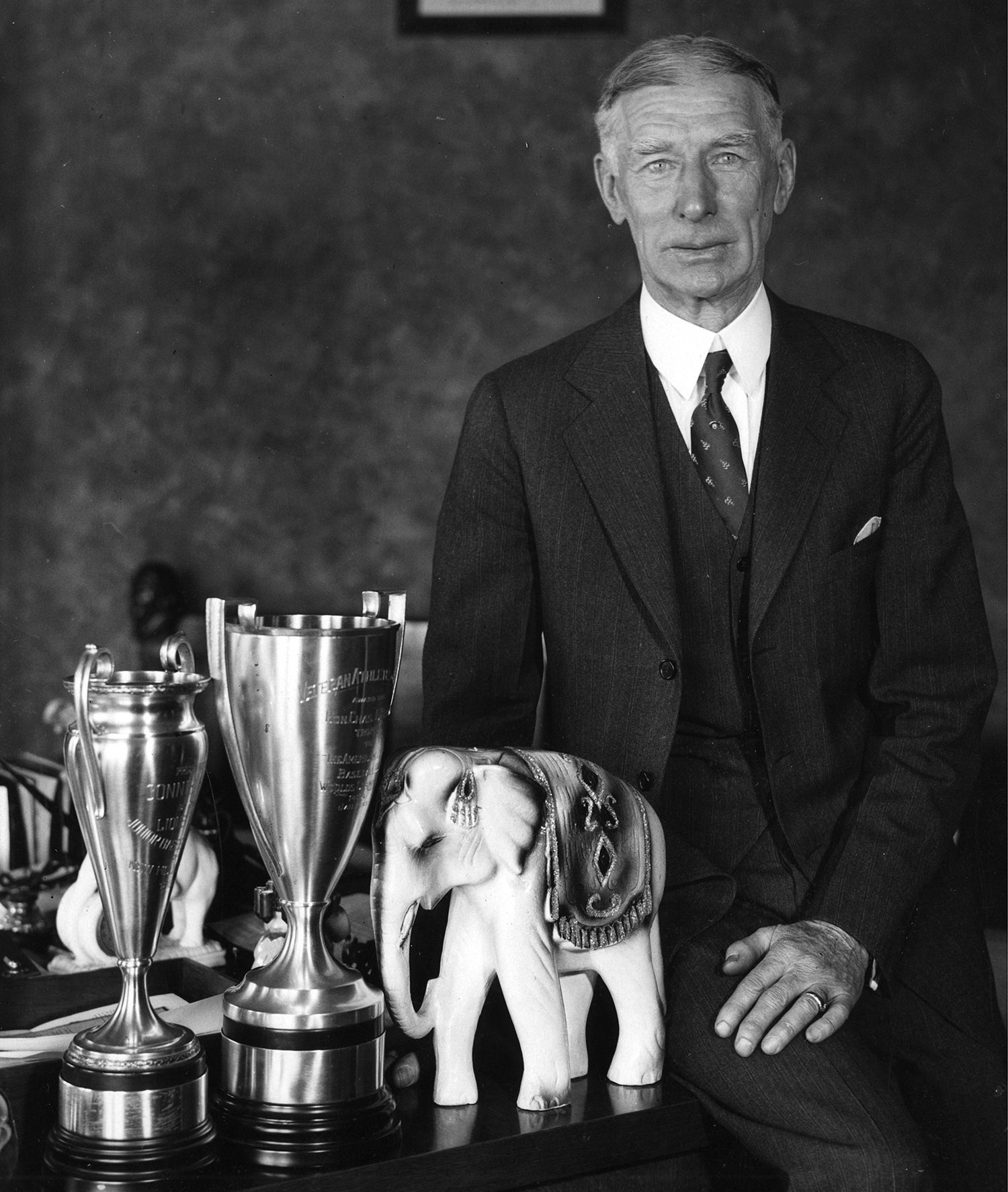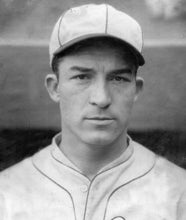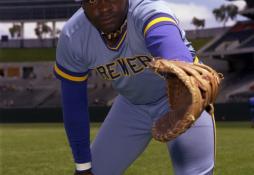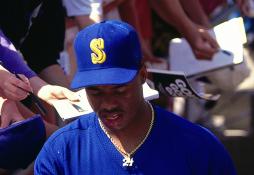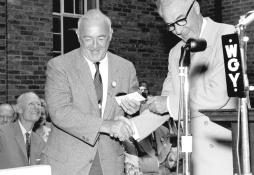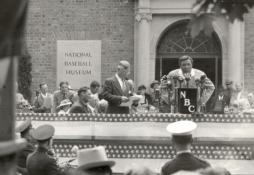- Home
- Our Stories
- White elephant? Anything but
White elephant? Anything but
The year 1927 was a strange one for Ty Cobb.
That season, baseball’s career batting average leader posted a typically robust .357 mark at age 40. But in one of baseball’s best years for offense, that was only good enough for fifth-best in the American League – and second-best on his own team. He had retired the previous winter, then unretired when he was acquitted by Commissioner Kenesaw Mountain Landis from implications stemming from a 1919 game-fixing scandal.
But to baseball fans, perhaps the strangest part of Cobb in 1927 was the shirt he was wearing. In place of the iconic Old-Style ‘D’, the man who was the heart and soul of the Detroit Tigers for more than two decades was now sporting a white elephant on his chest.
Cobb’s six-year run as player-manager of the Tigers had failed to produce a pennant, and he had lost favor by that point with many Detroit fans. So when Landis deemed Cobb free to sign with any team, he looked for a fresh start. Though he was courted by clubs in both leagues, he eventually chose the A’s and Connie Mack – a man he greatly respected.
“Mack made it very plain that he did not sign Cobb as a bench warmer or a turnstile ballyhoo, but acquired him to play every day and help the Athletics win the pennant,” the Sporting News stated on Feb. 17, 1927. “The Peach calls this his ‘vindication’ year, and he is going to start the race with his old-time ferocity and winning spirit.”
Hall of Fame Membership
There is no simpler, and more essential, way to demonstrate your support than to sign on as a Museum Member.
As shown on Cobb’s 1927 Philadelphia road shirt, currently on exhibit on the National Baseball Hall of Fame and Museum’s second-floor timeline, the “old-timer” was not kidding. The sleeves are frayed and several dirt marks remain nearly nine decades later, exhibiting the hustle Cobb displayed. He also found himself a seasoned member of an emerging dynasty. Aging legends Eddie Collins and Zack Wheat were signed by Mack as well that year, and both came off the bench. Meanwhile, young stars Mickey Cochrane and Al Simmons were becoming bona fide stars, and a 19-year old first baseman named Jimmie Foxx was seeing his first extended action.
In all, seven future Hall of Famers suited up for Philly that year as Mack pushed all his chips to the center of the table. The A’s finished 91-63, but that was only good enough for second place. Even with that stellar mark, the team finished a full 19 games back of the dominant ’27 Yankees.
Individually, Cobb excelled on the field in 1927 in more ways than one. He gained two measures of closure at Detroit’s Navin Field, doubling in his first game back on May 10 and then becoming the first big league player to reach the 4,000-hit mark on July 18. Though little fanfare was made of that historic number at the time, baseball would not see 4,000 reached again for another 57 years. The following season, Cobb, sensing that it was time to make way for Philly’s young stars, announced his retirement.
Matt Kelly was the communications specialist at the National Baseball Hall of Fame and Museum
Mentioned Hall of Famers
Related Stories
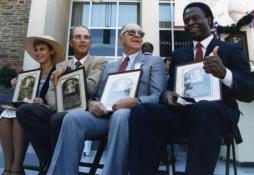
Lou Brock and Hoyt Wilhelm elected to the Hall of Fame
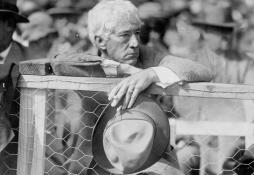
Commissioner Landis frees 74 Cardinals farmhands

Zack Wheat is elected to the Hall of Fame
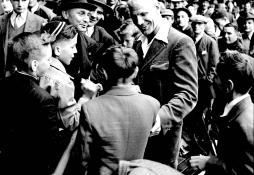
Bill Veeck, Eddie Gaedel and the Birth of Legend
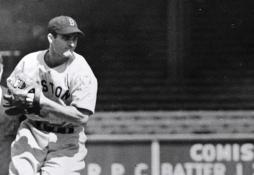
Bobby Doerr reflects on a life in baseball
BA MSS 67, Folder 15, Corr_1946_4_9a
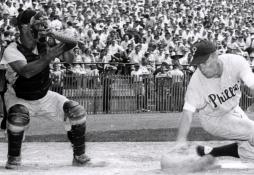
1958 Hall of Fame Game
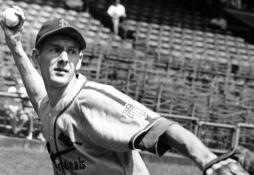
Marty Marion - No shortage of talent

New Hall of Fame plaque sculptor Tom Tsuchiya to debut in 2016
Hall of Fame Weekend 2015 to Feature Inductions of Biggio, Johnson, Martinez and Smoltz, July 24-27 in Cooperstown
01.01.2023
2016 Hall of Fame Classic Features Baseball’s Biggest Stars in Memorial Day Weekend Legends Game
01.01.2023
Guide to the Black Sox Scandal (American League)
01.01.2023

